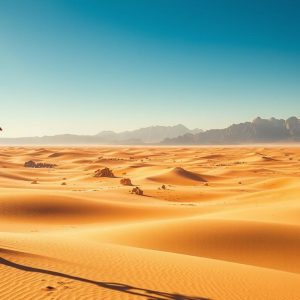Lake Natron: A Deadly Beauty
Tanzania’s Lake Natron, with its pinkish-red water, is considered one of the most beautiful in the world. However, its corrosive water can turn animals to stone, reports the British daily The Sun.
Annually, only 400 mm of rain falls on Lake Natron
Much of this is rain that evaporates before it reaches the surface. It’s considered one of the most beautiful lakes, but tourists shouldn’t swim in it.
The water is also so corrosive that it can turn animals to ‘stone’. It’s mainly in Tanzania, but part of its 56km length extends into Kenya.
The remote lake lies in the shadow of the active volcano Ol Doinyo Lengai, or ‘God’s Mountain’, which is 2,332 meters high.
Its pink hue is the result of a type of algae called cyanobacteria, which thrives in the lake’s waters. The algae is attracted to the mineral-rich water. The bacterium itself is deadly, releasing a chemical that damages the cells, nervous system and livers of most animals that consume it.
Many of the birds and animals that drink water from Lake Natron end up dying. The water is saturated with minerals, mainly sodium carbonate, which was used in the mummification process in ancient Egypt, and other salts from hot springs.
Extreme Conditions and Unique Inhabitants
However, unlike Great Salt Lake or the Dead Sea, where many tourists are attracted, Lake Natron has extremely alkaline water. Its pH level is nearly 10.5, as high as ammonia, which can cause burns. Living creatures that fall prey to the lake’s deadly properties and perish in the water become calcified.
The water temperature can reach up to 60 degrees Celsius
The area is so hot that the water temperature can reach up to 60 degrees Celsius. Only a few life forms can survive these extreme conditions, such as haloarhaea bacteria and the fish species Alcolapia latilabris.
However, Lake Natron is a key breeding ground for the Lesser Flamingo, adapted to the harsh chemicals. The water has, in fact, become a safe haven for the flamingo as it successfully keeps predators at bay.
Lake Natron situated in Tanzania, Africa.














